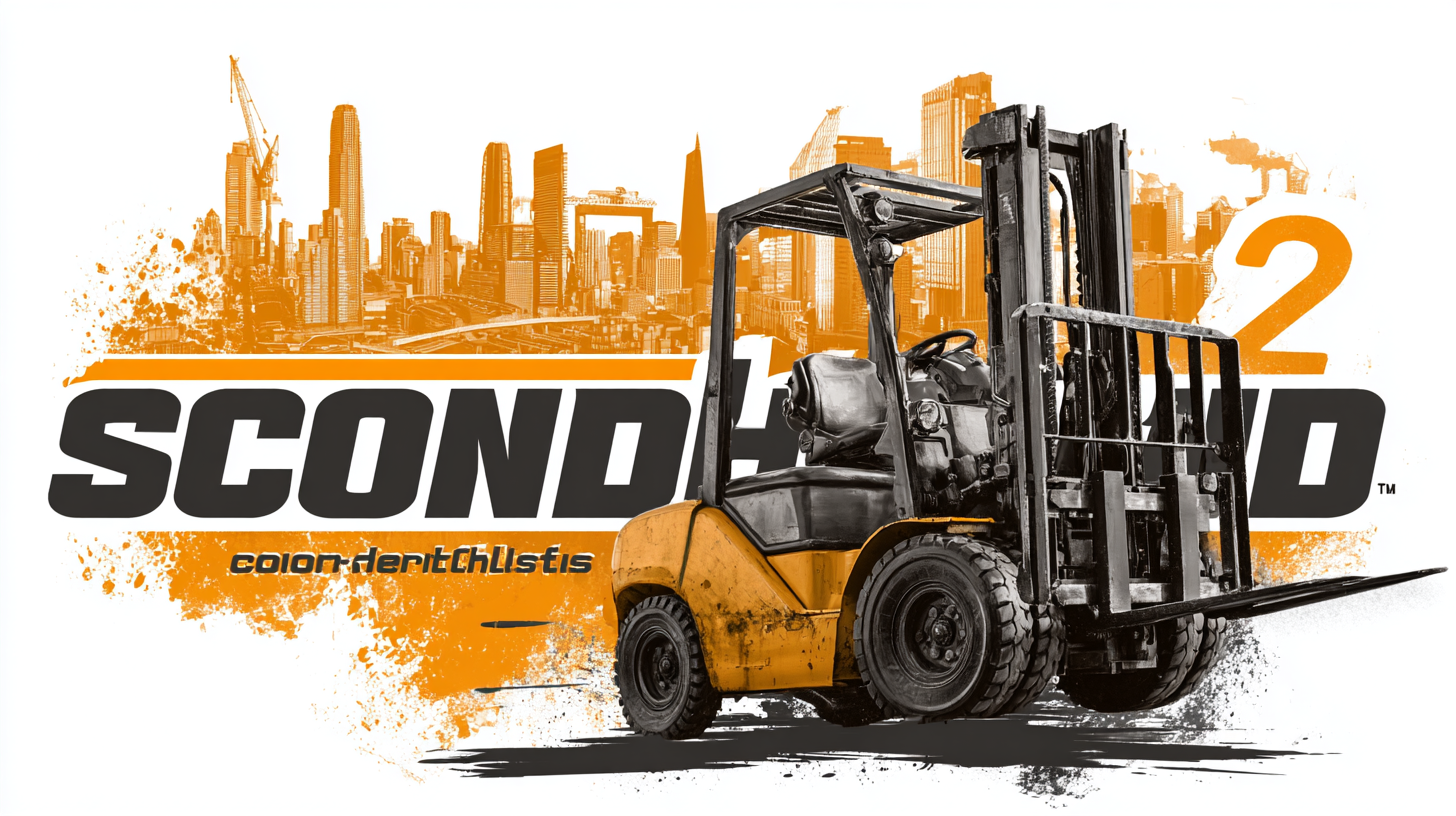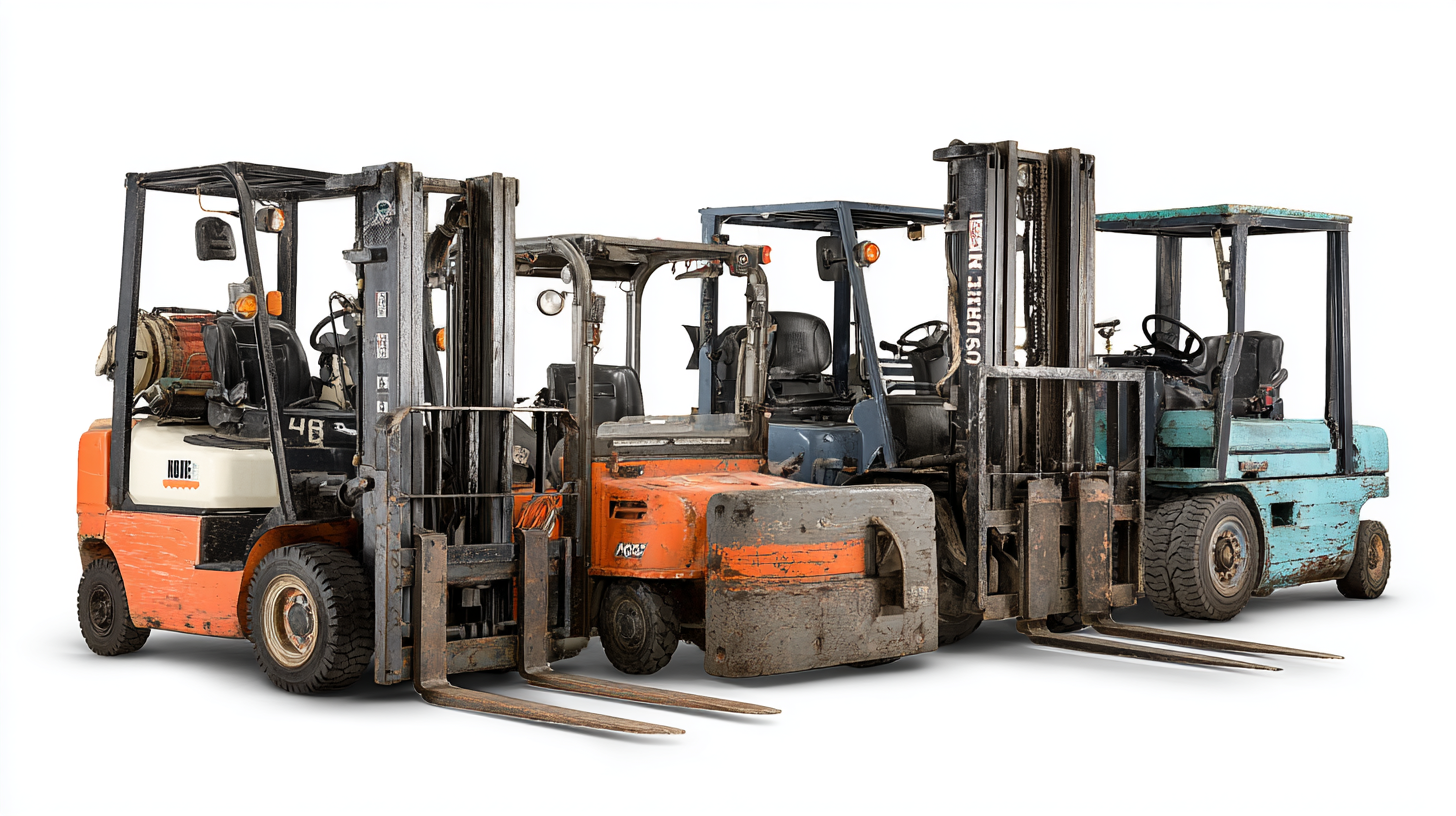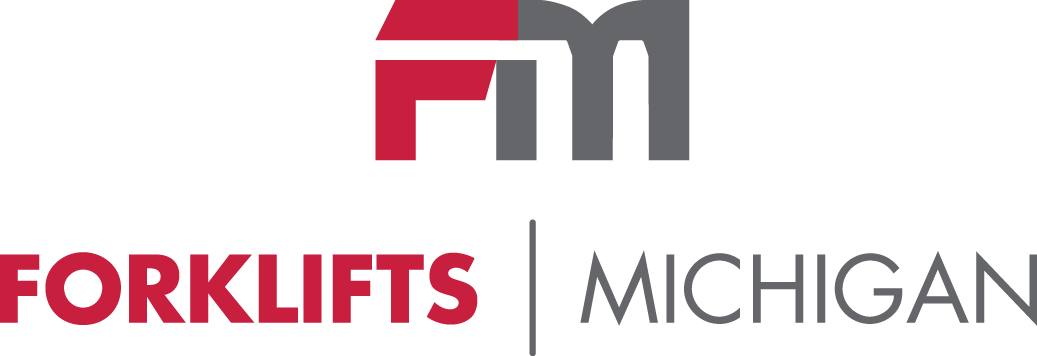Unique Insights: Top Choices for Sourcing the Best Secondhand Forklifts Worldwide
The global market for secondhand forklifts has seen significant growth, driven by a rising demand for cost-effective material handling solutions across various industries. According to a recent report by MarketsandMarkets, the used forklift market is expected to reach $XX billion by 2025, with a compound annual growth rate (CAGR) of XX%. As businesses increasingly seek to optimize their operational expenses while maintaining efficiency, sourcing the best secondhand forklifts has become a critical strategy. This blog will provide unique insights into how to effectively navigate the landscape of used forklifts, focusing on key criteria for selection, trusted suppliers, and emerging trends that can enhance decision-making in the sourcing process. By understanding the intricacies of the secondhand forklift market, businesses can not only save costs but also contribute to sustainability by reusing equipment that still has significant utility.

Key Factors to Consider When Choosing Secondhand Forklift Suppliers
When selecting secondhand forklift suppliers, it's essential to consider various key factors that significantly influence the quality and value of the equipment. According to a report by the Material Handling Industry of America, nearly 75% of companies prioritize supplier reputation and reliability over price when sourcing material handling equipment. A reputable supplier should offer a transparent history of their forklifts, including maintenance records and previous usage, to ensure a well-informed purchase decision.

Additionally, the geographical location of the supplier can play a crucial role in the supply chain logistics. A study by Statista indicated that over 58% of companies experience delays in operations due to poor logistics management in sourcing equipment. Thus, choosing a supplier that operates closely to your operational area can minimize downtime and costs associated with transportation. It’s also advisable to verify the supplier's certification and adherence to safety standards, as compliance greatly impacts the longevity of the forklifts while ensuring a safe working environment for your team.
Evaluating the Reputation of Forklift Dealers in the Market
When sourcing secondhand forklifts, the reputation of the dealer plays a crucial role in ensuring quality and reliability. A reputable dealer typically has a track record of satisfied customers, reliable service, and transparent business practices. It's essential to research potential dealers by examining online reviews and testimonials, as well as seeking recommendations from industry peers. A dealer with a solid reputation in the market is more likely to offer well-maintained equipment that meets safety standards, thus minimizing potential risks for your operations.
Moreover, evaluating the dealer’s experience and specialization in certain types of forklifts can provide further insights into their reliability. Dealers who focus on specific brands or models often have deeper knowledge of their performance characteristics and maintenance needs. Engaging in direct conversations with dealers to ask about their sourcing practices and after-sales support can also reveal their commitment to customer satisfaction. By prioritizing reputation, buyers can navigate the diverse landscape of secondhand forklifts with greater confidence and make informed decisions that benefit their operations in the long run.
Unique Insights: Top Choices for Sourcing the Best Secondhand Forklifts Worldwide - Evaluating the Reputation of Forklift Dealers in the Market
| Dealer Location | Years in Business | Customer Rating (1-5) | Warranty Offered (Months) | Types of Forklifts Available |
|---|---|---|---|---|
| North America | 15 | 4.5 | 12 | Electric, LPG, Diesel |
| Europe | 20 | 4.8 | 24 | Electric, Diesel |
| Asia | 10 | 4.2 | 6 | LPG, Diesel |
| Oceania | 8 | 4.0 | 18 | Electric, LPG |
| South America | 12 | 3.9 | 9 | Diesel |
Understanding Warranty and Maintenance Options for Used Forklifts
When sourcing secondhand forklifts, understanding warranty and maintenance options is crucial for making a sound investment. According to the Material Handling Industry of America (MHIA), the used forklift market is expected to grow significantly, with a projected annual increase of 6.7% over the next five years. This growth underscores the importance of not only finding quality forklifts but also ensuring they come with reliable warranties and maintenance coverage.
Many manufacturers now offer extended warranties on used forklifts, which can last anywhere from 6 months to 24 months, depending on the age and condition of the equipment. A report from the Industrial Truck Association (ITA) reveals that forklifts with robust maintenance histories yield a 20% higher resale value than those without proper documentation. Therefore, prospective buyers should prioritize forklifts that have a detailed service record and may even consider purchasing service contracts that cover parts and labor for a specified period. By ensuring strong warranty and maintenance options, businesses can mitigate risks associated with used equipment, enhancing productivity and reducing downtime.

Exploring Global Sourcing Strategies for Quality Forklifts
In today’s competitive marketplace, sourcing quality secondhand forklifts globally requires strategic planning and thorough research. With varying regulations and market conditions, businesses must navigate a complex landscape to identify reliable vendors and obtain the best values. When exploring options, consider countries with robust refurbishment processes and reputable supplier networks to enhance your forklift inventory efficiently.
One effective strategy involves leveraging online platforms that specialize in the sale of secondhand forklifts. Look for websites that provide detailed inspections, certifications, and customer reviews to ensure transparency. Additionally, connecting with local dealers or industry trade shows can provide valuable insights into the quality and performance of various forklift models.
Tip: Always inquire about the warranty and service agreements before purchasing. This can safeguard your investment and offer peace of mind knowing that parts and maintenance are more readily available. Also, research the history of the equipment; understanding the previous usage can help gauge its reliability and future performance. By implementing these strategies, businesses can optimize their procurement of secondhand forklifts while ensuring quality.
Best Practices for Inspecting and Testing Secondhand Forklifts Before Purchase
When it comes to sourcing secondhand forklifts, conducting thorough inspections and tests is essential to ensure you’re making a wise investment. First and foremost, inspect the physical condition of the forklift. Look for signs of wear and tear, such as rust, leaks, and unusual noises during operation. Pay close attention to the mast and forks, as these components are critical for safe lifting.
Tip:
Always check the maintenance history of the forklift. A well-documented service record can provide insights into how well the equipment has been cared for and whether any significant repairs were previously made.
Once you’re satisfied with the visual inspection, it’s time to test the forklift’s performance. Conduct a trial lift with a load that’s appropriate for the machine’s capacity. Assess the lift height, stability, and responsiveness of controls. A smooth operation is a good indicator that the forklift is in sound condition.
Tip:
Be sure to test the forklift in various conditions, including turning and reversing, to ensure it operates efficiently in all scenarios you might face on-site.


